Your knowledge is current up to October 2023. AI is no more a future phenomenon. It has already influenced the way we design software, manage our businesses, and even fabricate appliances. Whether you are a programmer, an entrepreneur, or just an interested onlooker in the technology landscape, being able to apply AI in any project will be a useful skill to acquire.
In this article, we will bring to light some practical real-life uses of AI in day-to-day life; from incorporating an AI OpenAI key into an app in Xcode, integrating an AI chatbot into your online shopping site, and look at how to integrate AI into energy-efficient appliances.
At Pensora, we see AI as a means to make things smarter, faster, and more user-centered. Let’s take it one step at a time.
How to Integrate the OpenAI Key to an App in Xcode
If you’re building an iOS app, integrating AI services like OpenAI can enhance your app with natural language processing, text generation, or even image creation features. Here’s a straightforward way to do it in Xcode without getting lost in technical jargon.
Get Your OpenAI API Key
Sign up on OpenAI’s website, generate a new API key, and store it safely. This key will allow your app to access OpenAI’s services.
Set Up Your Xcode Project
Open Xcode and either create a new project for an iOS app or use one that already exists.
Install Networking Libraries
Although you can use native URLSession in Swift, libraries such as Alamofire simplify API calls.
Add Your API Key Securely
Store the key in your app’s configuration file or utilize safe storage such as iOS Keychain to avoid exposure.
Make Your First API Call
Connect your app to OpenAI’s endpoint and make a prompt. For instance, you can ask AI to create a brief product description, reply to a user question, or even translate text.
Test and Refine
Always test responses, manage errors, and ensure you’re abiding by OpenAI’s usage guidelines.
By doing this, you can have an operational AI-based iOS app that is ready to provide smart features to your users.
How to Utilize AI to Facilitate Integrated ISO Audits
ISO audits guarantee that businesses adhere to particular standards of quality, safety, and efficiency. The incorporation of AI in these audits will enable them to be carried out more quickly and precisely.
This is how AI can assist with integrated ISO audits:
Automating Document Checks
AI can read and authenticate compliance documents in seconds, checking for missing data or stale information.
Examining Audit Trails
Rather than examining logs manually, AI applications can study trends to identify compliance issues early on.
Foreseeing Non-Conformities
Machine learning algorithms can alert potential areas of concern before the actual audit, enabling businesses to correct them beforehand.
Pooling Compliance Data
Platforms using AI can collect data from various departments onto one console for auditors.
This not only streamlines the audit process—it eliminates human mistakes and keeps companies in compliance without the last-minute rush.
How to Incorporate AI Chatbots into an Online Store
If you have an online store, AI chatbots can revolutionize how you interact with customers. They can respond to questions in real-time, suggest products, and even manage returns—all without the need for a human touch.
Here’s a step-by-step guide to implement it:
Select a Chatbot Platform
Some of the popular platforms for AI chatbots are Dialogflow, Tidio, and ManyChat. A few, such as OpenAI GPT-based bots, are customizable to the fullest.
Integrate with Your E-Commerce Platform
Most chatbot software has built-in integration with platforms such as Shopify, WooCommerce, or Magento.
Train Your Bot
Provide it with details regarding your products, shipping policies, and return procedures. This helps it respond correctly.
Give It a Personal Touch
AI chatbots should be friendly and welcoming, not robotic. You can personalize responses to your brand’s voice.
Monitor and Improve
Check conversations of chatbots from time to time to identify areas for improvement. AI improves the more it speaks with actual customers.
With AI chatbots, you provide immediate answers to customers, save time for your team, and boost conversions.

How to Integrate AI into an App
Aside from iOS and Xcode, AI can be added to nearly any type of application—web, Android, or cross-platform.
Here’s an easy way:
Define the AI Function
Determine what you wish AI to accomplish—forecast user actions, translate, identify objects in pictures, or create creative content.
Choose the Appropriate AI Service
OpenAI, Google Cloud AI, AWS AI Services, and Microsoft Azure AI all have varying tools based on your requirements.
Implement through API
Most AI services provide REST APIs or SDKs, making integration straightforward. You’ll need your API key and some code to connect.
Test with Real Data
Feed the AI realistic data to make sure it performs well in real scenarios.
Optimize for Speed and Cost
AI processing can be resource-intensive, so balance performance with budget.
The elegance of AI integration is that it can scale—your application can begin with one AI capability and develop into a whole intelligent platform.
How AI Can Be Integrated to Build Energy-Efficient Appliances
AI is not limited to software—it’s also transforming home appliances to make them smarter and more environmentally friendly.
Here’s how to integrate AI to build energy-efficient appliances:
Predictive Energy Management
AI can analyze usage patterns and optimize appliance operations to minimize energy wastage. For instance, a smart refrigerator can operate cooling cycles when the rates are low.
Fault Detection
AI sensors can identify when an appliance is not performing efficiently and notify the user before it becomes an expensive fix.
Adaptive Learning
With time, AI acquires a household’s routines. A washing machine could vary the amount of water used based on load size and material type.
Smart Grid Integration
Household appliances can integrate with electricity grids to run during off-peak hours, conserving energy as well as cash.
These technologies not only benefit the ecosystem but also reduce utility bills—a double benefit for consumers and the earth.
The Bigger Picture: Why AI Integration Matters
AI integration is not a question of replacing people but of getting systems smarter and more responsive. From how to integrate the AI OpenAI key into an app for developers, how to employ AI to assist with integrated ISO audits for quality managers, to how to integrate AI chatbots within an online store for e-commerce business owners, each integration has the same ultimate purpose: efficiency, personalization, and more effective decision-making.
As Pensora explores the latest AI trends, one thing is clear—AI will continue to expand across industries, quietly transforming the way we work, shop, and live.
Final Thoughts
Whether you’re building an app, operating a company, or developing energy-saving gadgets, AI can be the door to innovation. The key is to begin modestly, experiment, and allow AI to develop along with your venture. The sooner you start incorporating AI into what you do, the better prepared you will be for the future—because it already exists.
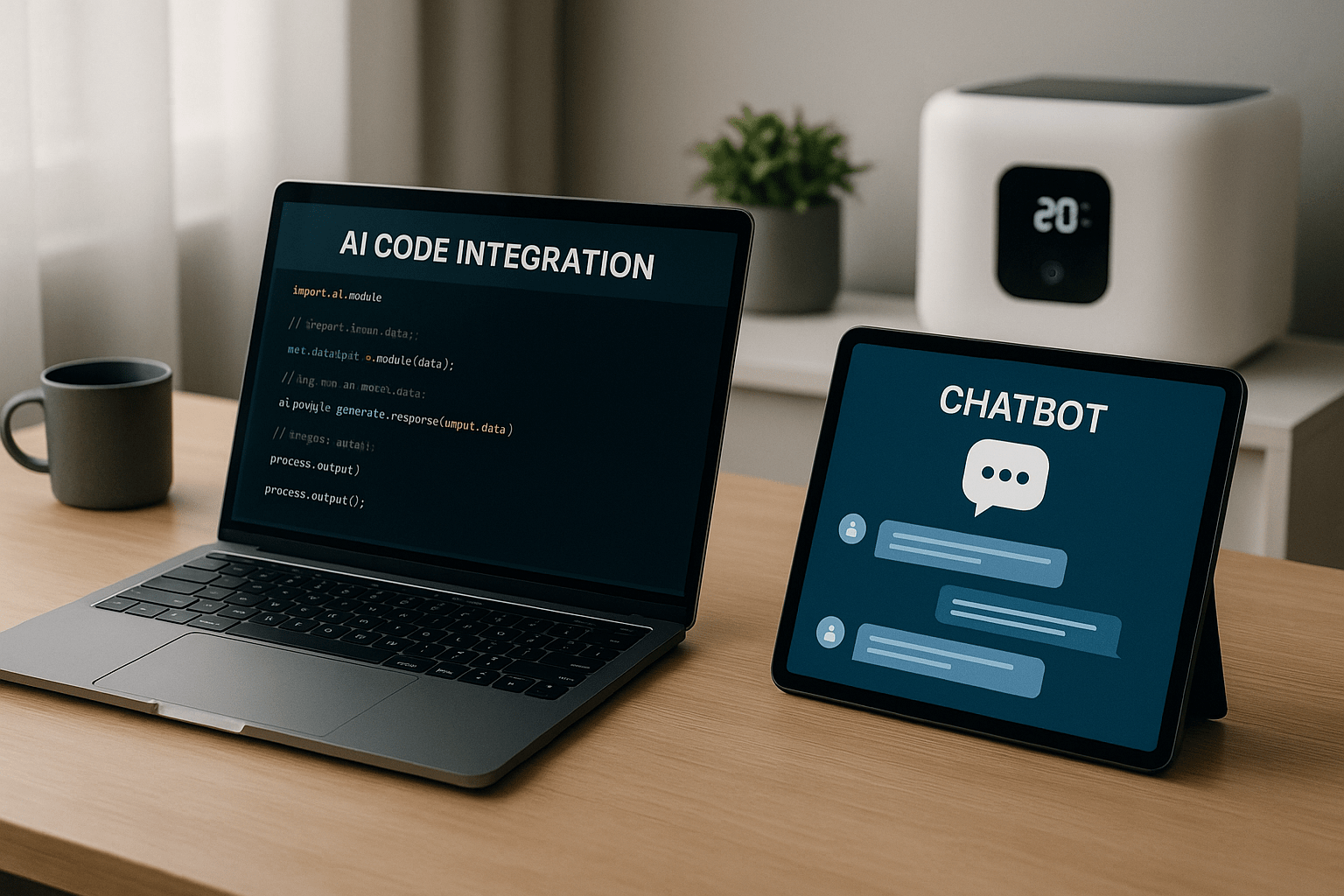

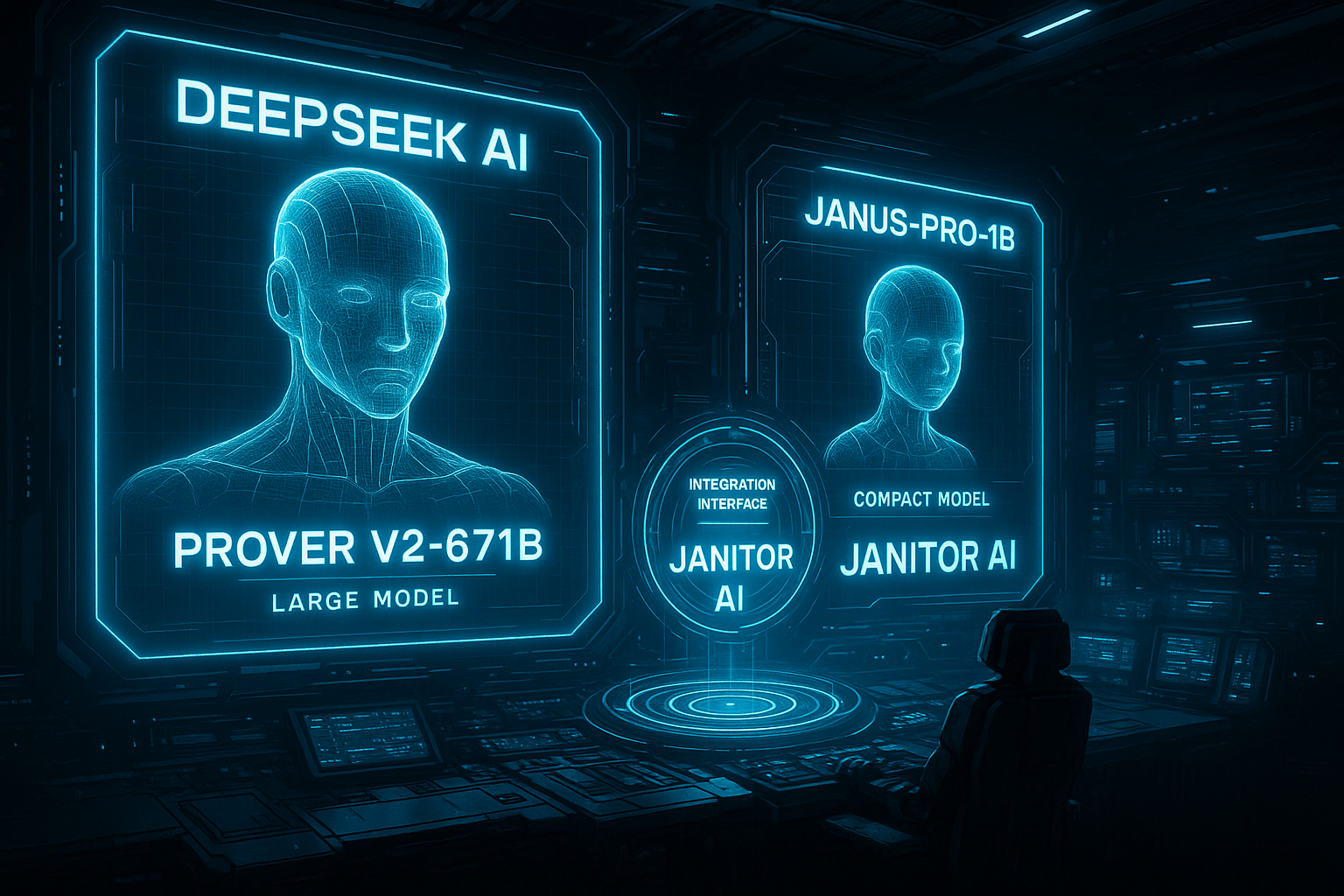

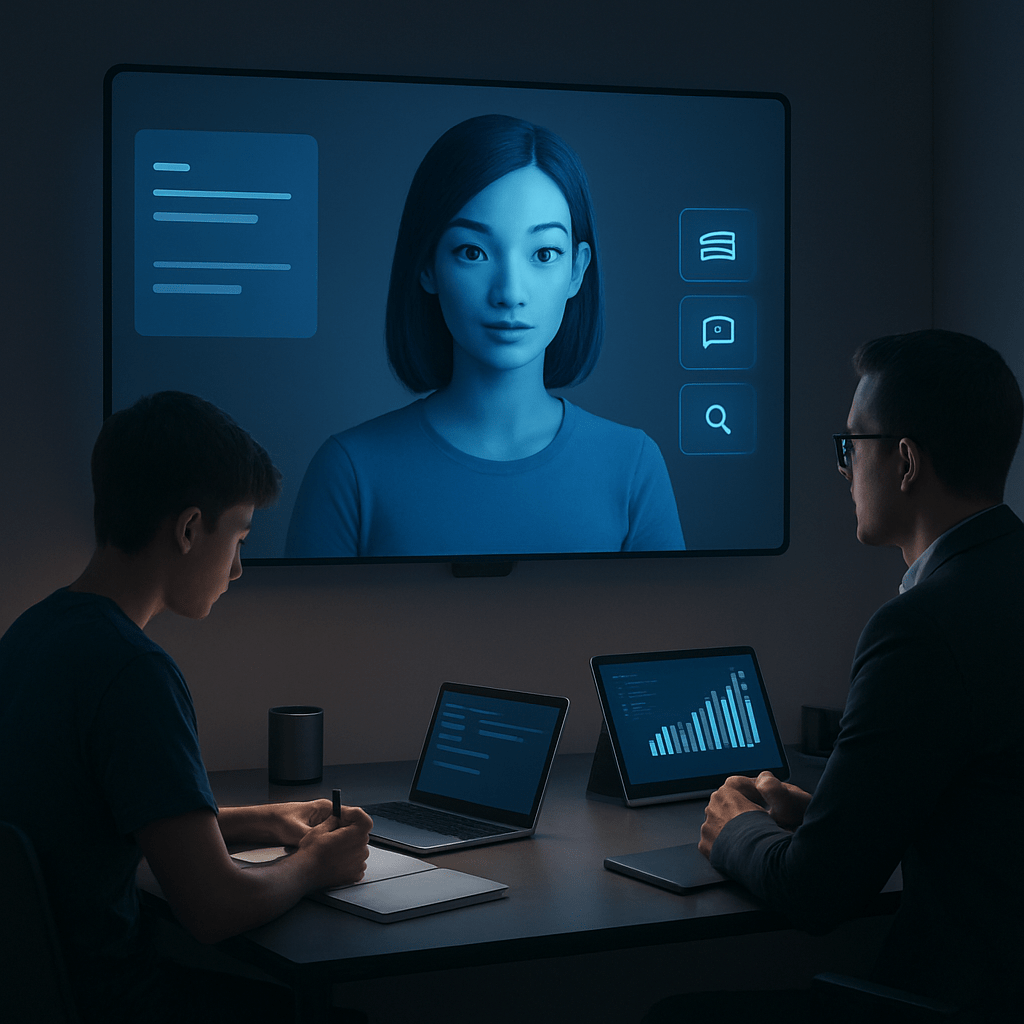
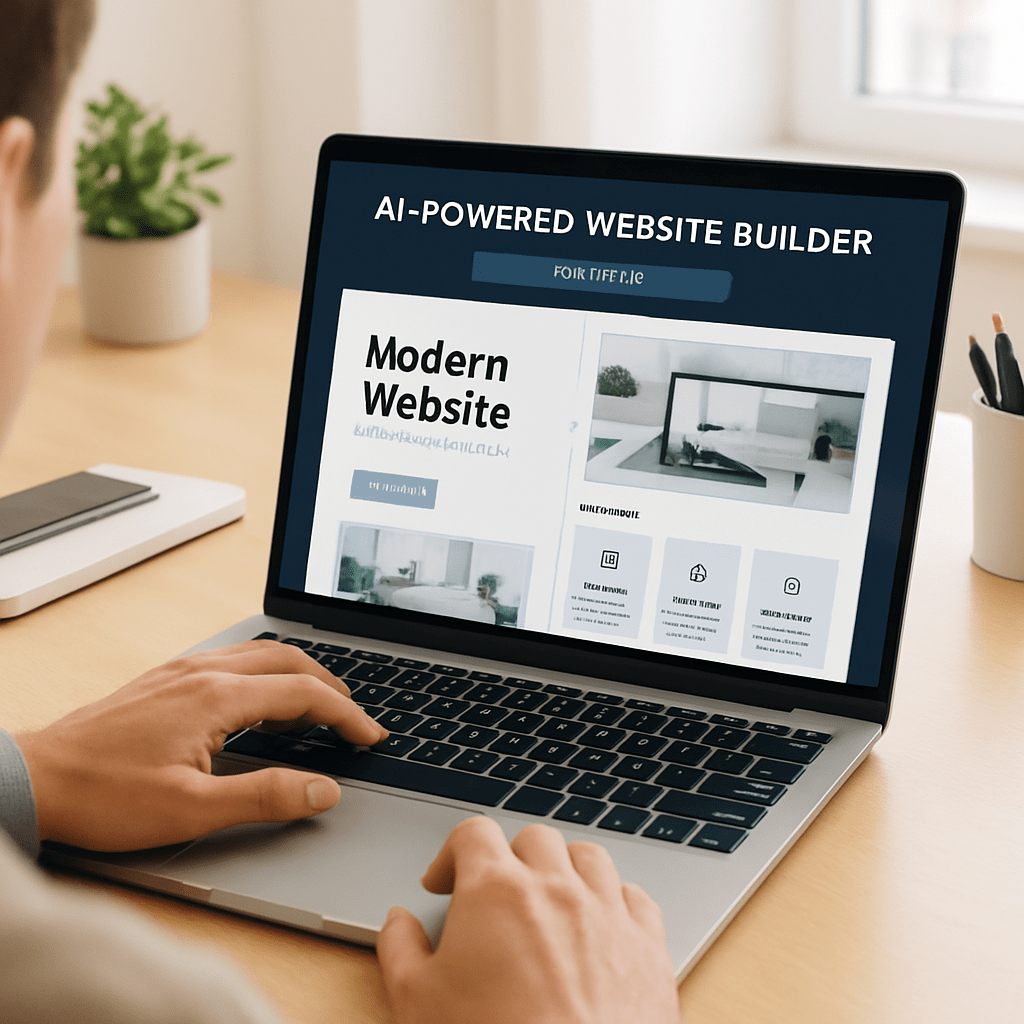
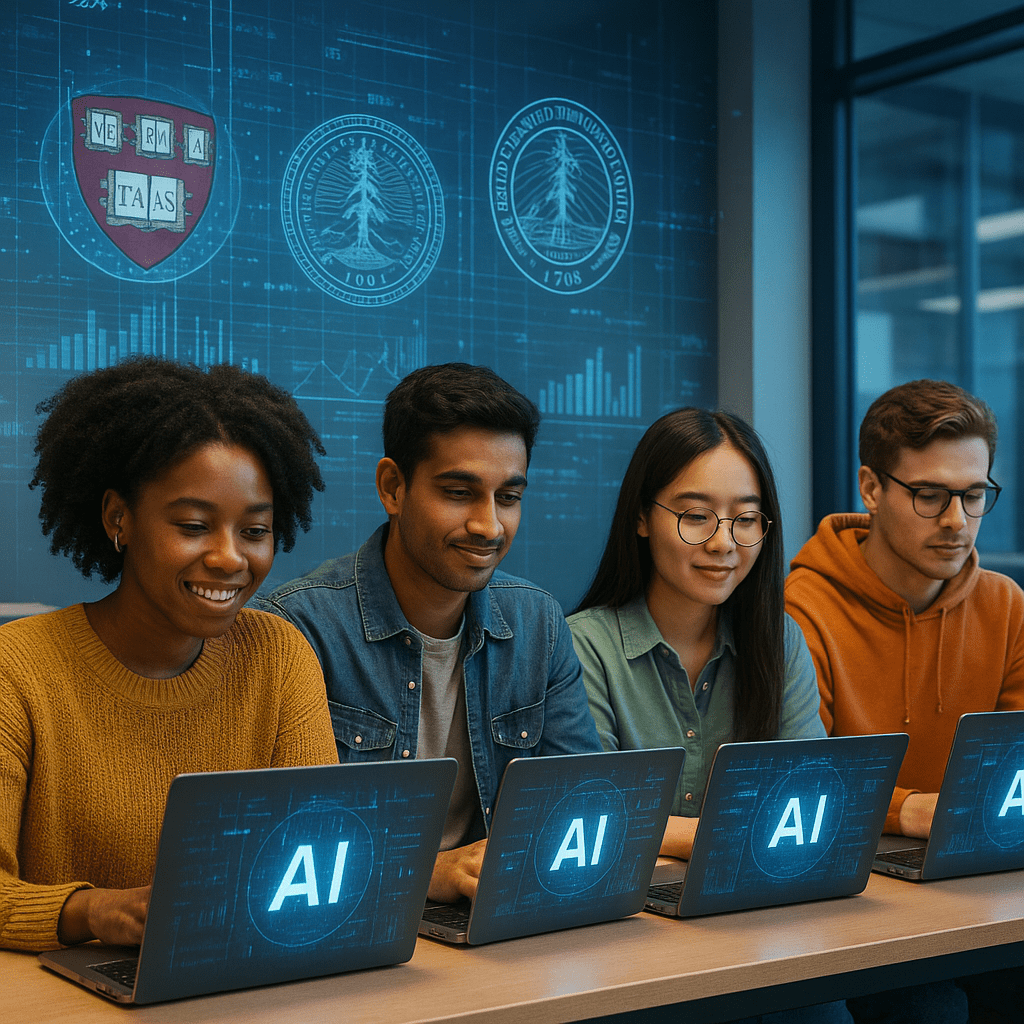
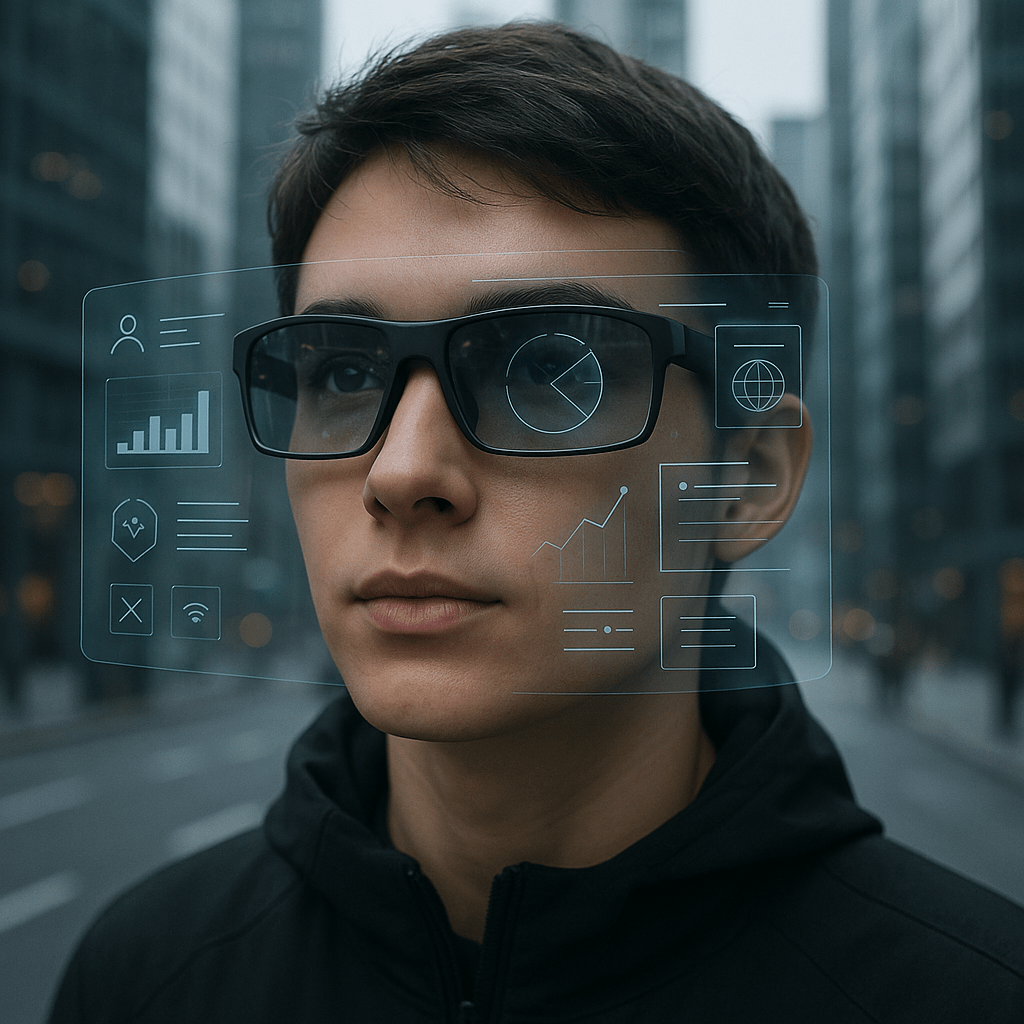
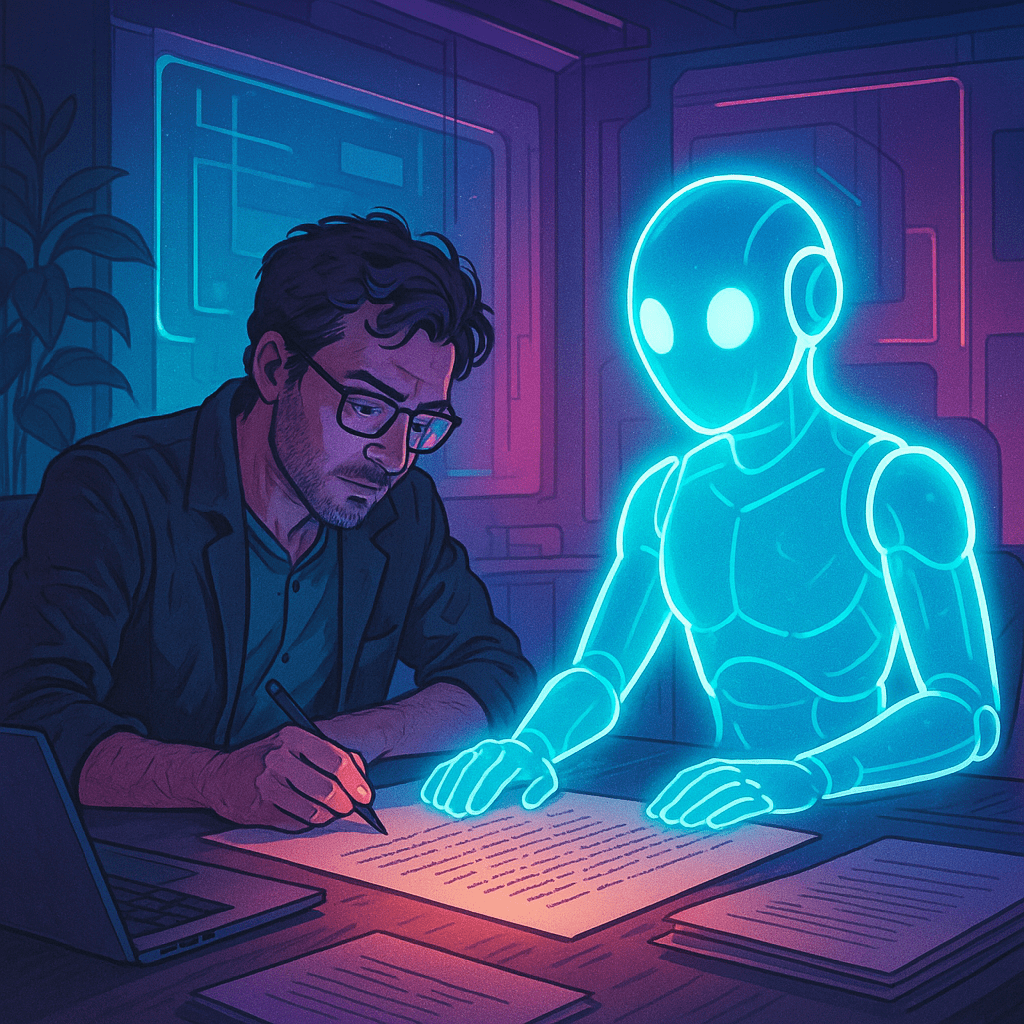
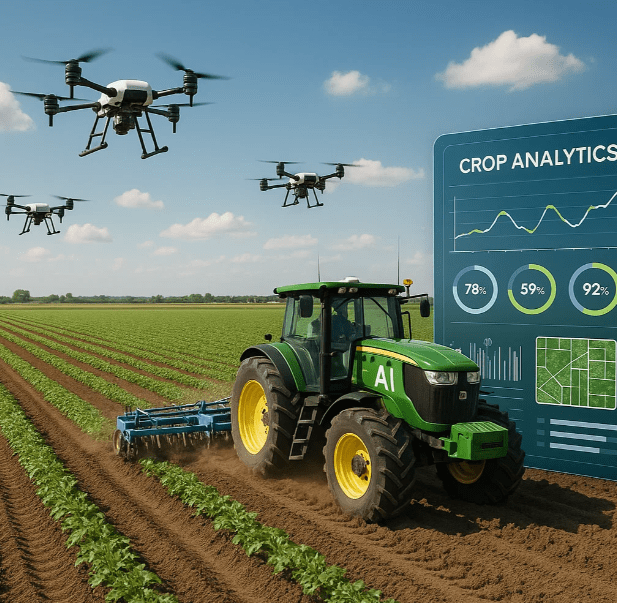
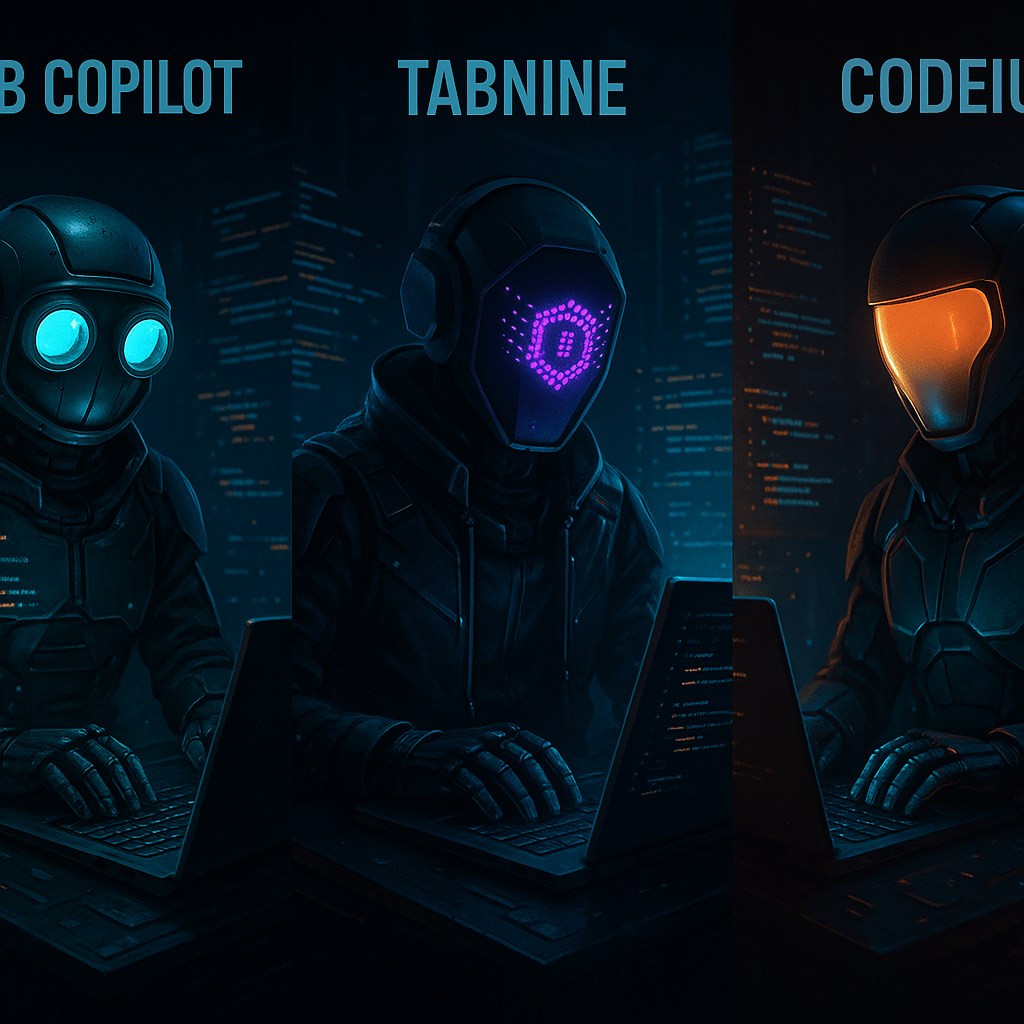
Leave a Reply